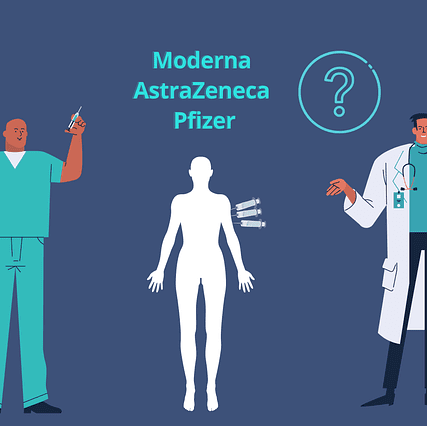The Johnson & Johnson (J&J) vaccine was welcomed as the third alternative to Moderna and Pfizer vaccines but with even more perks. It was a one-time shot that used “viral vector” technology. The vaccine carries a harmless inactivated cold virus. Since it does not use live virus, you can not get COVID-19 from the J&J vaccine.
And then the news began to filter in. WBAL Baltimore News reports that the J & J vaccines are on hold. Several recipients of the vaccine presented with rare but critical blood clots.
One In a Million
The FDA, the CDC, and J&J are studying the six confirmed and recently reported cases. The verdict is not in yet about the cause of the blood clots. However, seven million individuals have received the J&J shots with six cases found thus far. That is a ratio of one case per one million shots.
Just as the Advisory Committee began a discussion of whether to lift the hold or simply limit the shots to certain groups, a potential seventh case surfaced. This setback prompted the committee to require more information and continue its monitoring for additional cases before it can make a recommendation.
Sarah Long M.D. is a Drexel University professor of pediatrics. Dr. Long was present at the Advisory meeting and commented that the risk is small but serious.
An Update On the Patients’ Condition
The female patients were all Caucasian between the ages of eighteen and forty-eight. Some of the symptoms they experienced are typical vaccine side effects. However, in each case, the severity of the symptoms increased several weeks after getting their shot. Symptoms included fever, chills, muscle aches, difficulty breathing, and back pain.
Clotting in the Brain
Three of the six patients are still hospitalized. Two are in intensive care, and a forty-five-year-old woman died.
The clots found in the six patients formed in their brain’s sinus veins, clogging the drainage system.
- The forty-five-year-old women who died had received the J&J vaccine in March. Eleven days after receiving the shot she developed severe symptoms and was hospitalized. The woman died on March 18th.
- A forty-eight-year-old woman who is still in intensive care was taken to the emergency room with abdominal pain three days after receiving the shot.
- A thirty-eight-year-old woman was also diagnosed with venous sinus thrombosis (CVST). As yet, she has not yet recovered.
- A fifty-nine-year-old woman was diagnosed with severe CVST on her left side and so far has not recovered.
- A Nevada woman, eighteen years old, was diagnosed with CVST and hemorrhage and as yet has not recovered.
- A twenty-six-year-old woman began having symptoms seven days after receiving the vaccine. In this case, the woman was released from the hospital.
A Race Against Time But the Need To Go Slow?
Panel members on the Advisory Committee agree that there must be a balance to ensure safety while at the same time trying to gain control of the virus.
The CDC cautions anyone receiving the J&J shot to be cognizant of abdominal pain, shortness of breath, and severe headaches anywhere from one week to three weeks after the injection.
If any of these symptoms appear, the CDC urges seeking immediate medical attention and to explain that the individual had just received the J&J shot. Diagnostic tests are also recommended to determine whether heparin (a blood thinner) should be halted during treatment.







